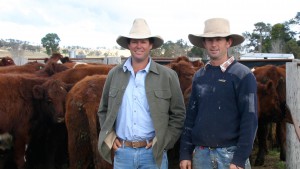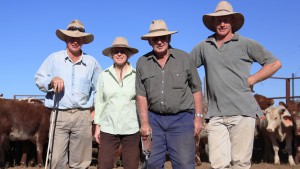As owners of animals involved in the CRC and MLA 3000 young animals project we will be among the first in Australia to receive the new genomic breeding values. In February 2012 we submitted 53 DNA samples from this years sale bulls.
The project invited beef breed societies and breeders to participate in the genotyping of 3,000 young animals to predict their breeding value using the new genomic prediction equations (molecular breeding values or MBV). Around 110 breeders representing 11 different breeds applied to be part of the project launched by the Beef CRC and MLA and will see the commercial rollout of the trial to use genomics to predict breeding values with commercial relevance.
Beef CRC CEO Dr Heather Burrow said the oversubscription of samples to the 3000 young animal project reflected the importance and value of genomic prediction.
“With the genomic prediction equations developed from the new 700K SNP chips, we will deliver a world-first product to identify the genetic qualities for hard-to-measure production and reproduction traits across breeds,” Dr Burrow said.
Dr Hans Graser, Director of AGBU, who is coordinating the project through the Beef CRC, said “The accuracy of these genomic predictions will vary across breeds and across traits. We are still in the process of calibrating their accuracy for all Breedplan traits. They will be tested using the industry sires which were genotyped in 2011.”
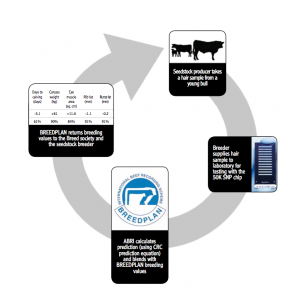 If shown to be robust, the predictions will help commercial bull buyers to identify which bulls are most suited for their produc- tion systems with greater confidence. They will also improve the accuracy of all Breedplan traits. The new blended genomic breeding values will include hard to measure traits such as carcase and meat quality, net feed intake and male and female reproductive performance in tropical cattle.
If shown to be robust, the predictions will help commercial bull buyers to identify which bulls are most suited for their produc- tion systems with greater confidence. They will also improve the accuracy of all Breedplan traits. The new blended genomic breeding values will include hard to measure traits such as carcase and meat quality, net feed intake and male and female reproductive performance in tropical cattle.
MLA’s Manager of R&D Strategy Dr Rob Banks said the key advantage for breeders was to gain a genetic insight into the qualities of young animals that do not have any performance data recorded.
“You can’t at present, for example, measure days to calving on a young bull but if you could use Breedplan genomic data to predict days to calving with improved accuracy, that would really help in the decision making process for selecting the top animals,” Dr Banks said.
Dr Burrow said the value overall to the industry was to im- prove the accuracy of selecting the next generation of young sires.
“Once the genomic predictions have been calibrated in Breed- plan, the technology will help Australian producers increase their rates with genetic gain,” she said.
“The critical thing is that this product has been developed and tested on Australian animals in Australian production sys- tems.”
Dr Burrow said the inclusion of genomic information would continue to improve breeding accuracies with increased levels of performance recording in industry herds.
The table below will give some idea of what to expect with regard to accuracies as presented by Prof Mike Goddard at Beef 2012. The table shows averages across all breeds in the CRC data and the will differ slightly between breeds.


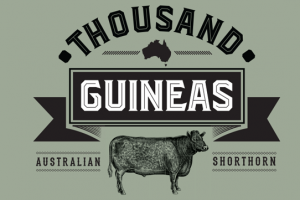
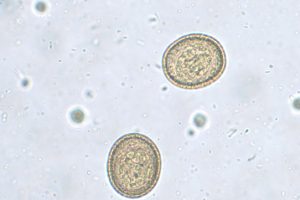
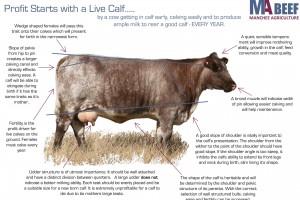






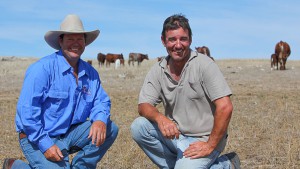
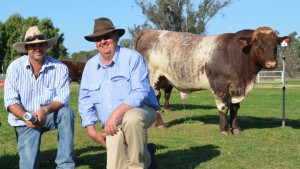
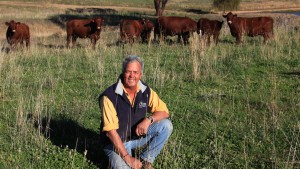
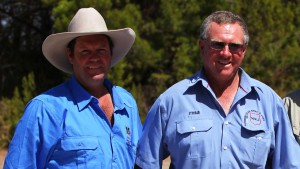 “Yamburgan cattle are cattle that com- bine performance and docility and are sought after by both lot feeders and grass finishers who consistently comment on the high percentage of the cattle that meet the highest specifications.”
“Yamburgan cattle are cattle that com- bine performance and docility and are sought after by both lot feeders and grass finishers who consistently comment on the high percentage of the cattle that meet the highest specifications.”